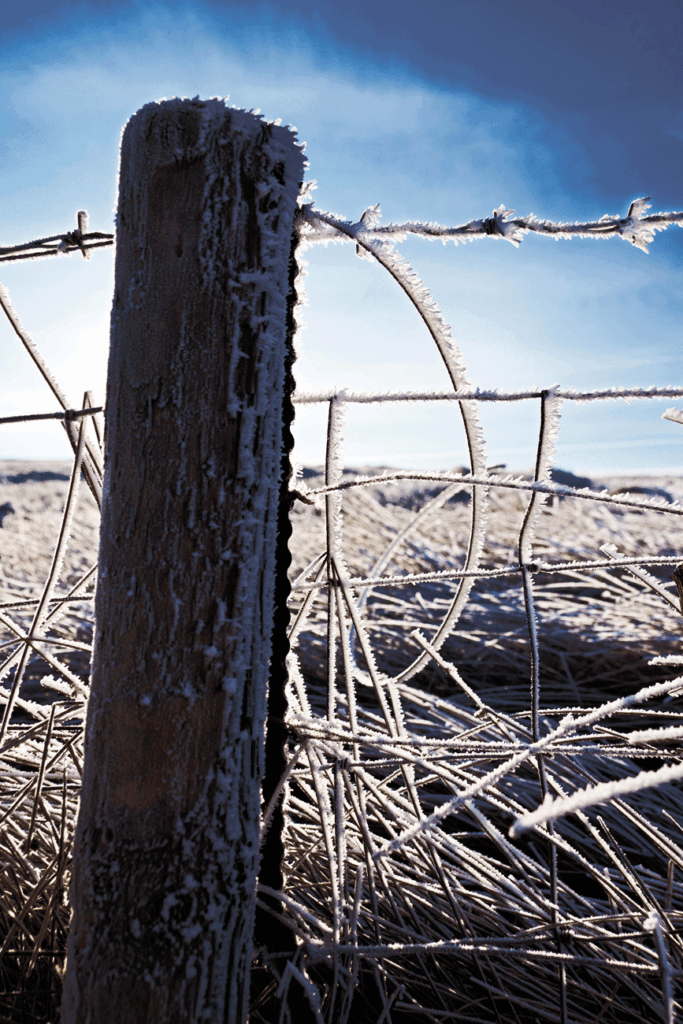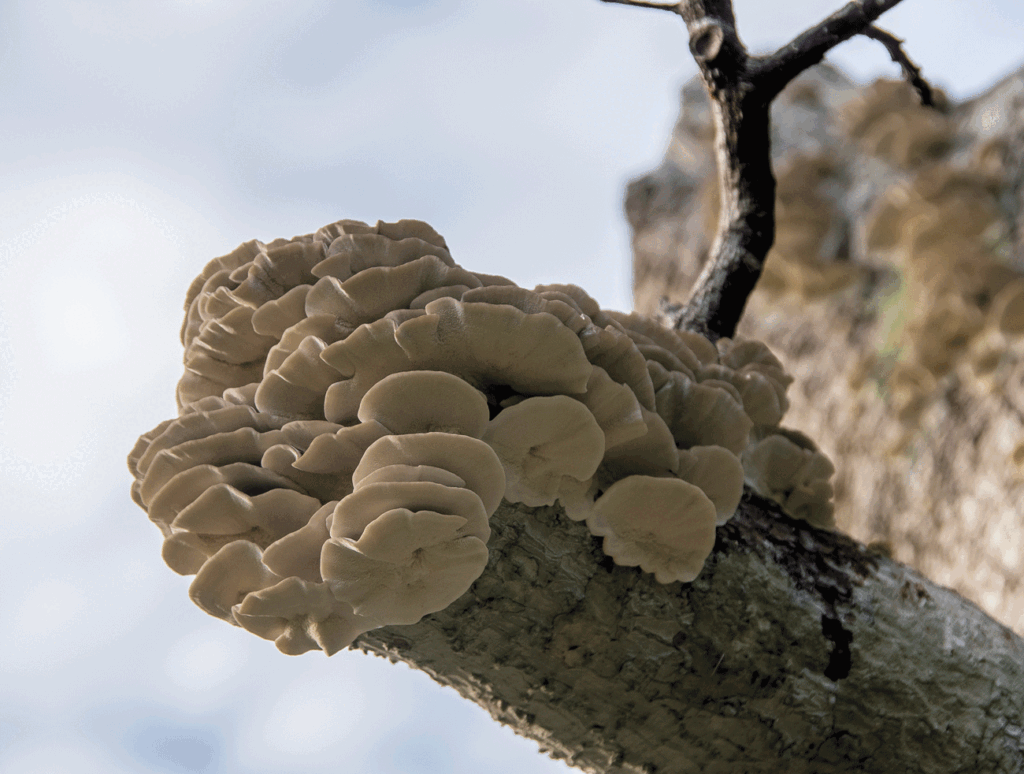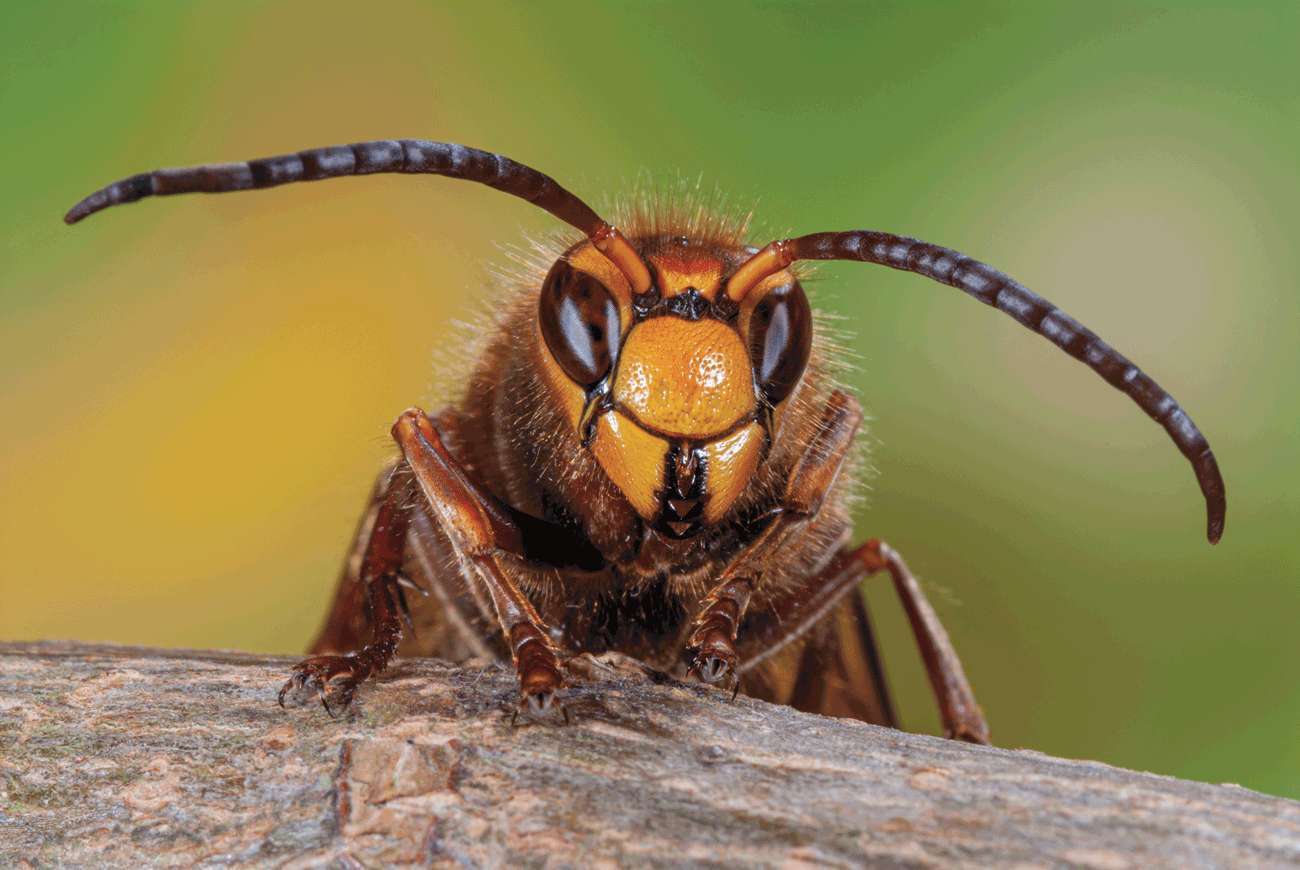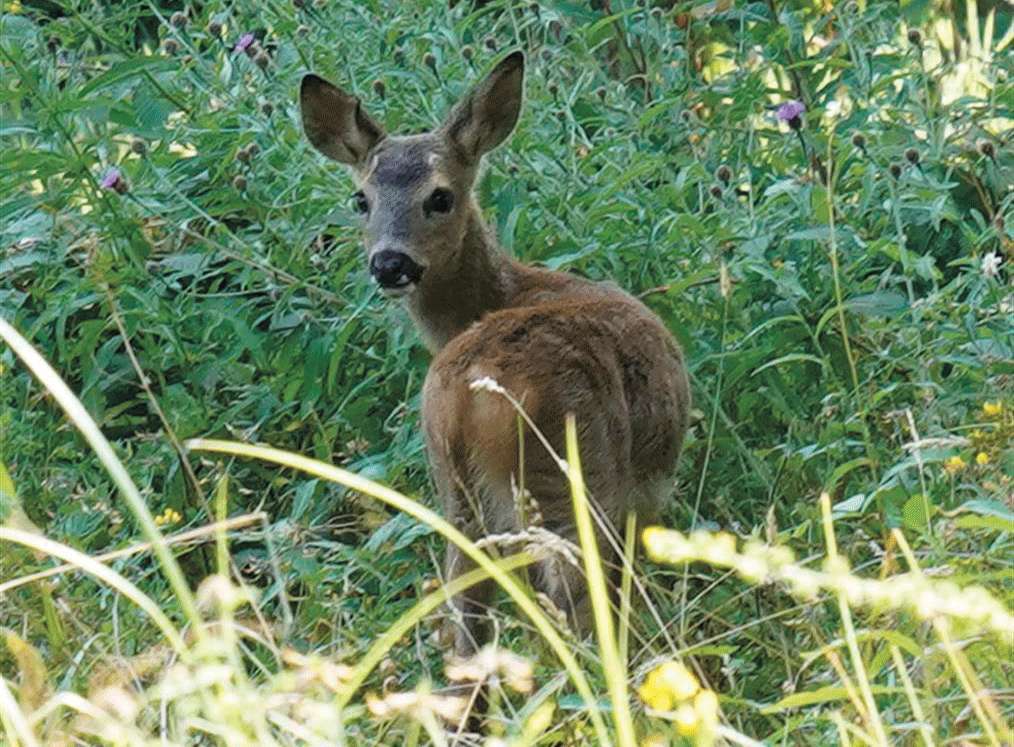
by Miki Marks
January is not a popular month with many. Too long, too dark, too cold; cheerless after all the bright celebrations in December. We have two family birthdays to celebrate this special month, but there are plenty of other things to be glad of in January. The most important is that at last, about the 12th or 13th of the month, it becomes noticeable that the days are lengthening. Most ancient religions had rituals to ensure that the sun returned every year – and it is certainly a reason to rejoice. Hooray!

This is Jack Frost’s month. Frost occurs when the air temperature is below freezing and the water in the atmosphere is deposited as ice crystals. Hoar frost looks like a coating of little glass needles and are a build -up of crystals. If there has been a hard frost overnight I go downstairs, make a cup of tea and admire the frostwork patterns on my conservatory roof. The patterns are the result of very tiny imperfections in the glass such as scratches or specks of dust. My patterns can look like ferns or a magical forest landscape. Jack Frost is a folk figure, probably derived from a Nordic god of ice and snow.
The birch was the first coloniser after the Ice Age. This month they really come into their own. Their silver white trunks light up a wood and without leaves, their graceful shapes and cinnamon coloured branches can clearly be seen. Also noticeable are the strange dense twiggy growths in the upper branches. They look like untidy birds’ nests but are in fact the result of a fungal attack by Taphrina betulina which causes a large number of twigs to grow from an infected bud. These are also known as ‘witches broom galls’ Witches, of course, rode on birch broomsticks! Brooms made from birch twigs are called besoms and were used to great effect by gardeners. Monty Don has said that when he rules the world he will abolish abominable leaf blowers and teach everyone to use a besom instead.

There are two other fungi associated with birch trees. The trees have a remarkable relationship with the fly agaric fungus which sends up striking red toadstools in the autumn. The fungus is attached to the tree’s roots and both benefit from this association: the fungus facilitates the entry of soil nutrients into the root system of the tree in return for sugars manufactured by the tree. The second fungus is not good news for the birches. It is the bracket fungus and it is a parasite, feeding on the tree’s sap but giving nothing in return. In fact, it heralds the beginning of the end for the tree as it seriously weakens its host. Birches are not long living trees – up to 70 years. They produce copious seed and their colonising talent soon guarantees that old trees are replaced by new. Birch sap can be tapped in early spring and makes a very nice cordial, apparently – and has calming and stress relieving properties.
Whilst wielding your besom you might disturb a cluster of Woodlice. A Scottish friend of mine called them ‘slaters’ and could not suppress a shudder of disgust. There seems to be an instinctive distaste in humans for little scurrying creatures. Woodlice have many country names including chiselbobs, cheesy pigs and pills bugs. The latter name comes from their habit of curling into a ball when they feel threatened – which in line with the old belief in sympathetic correlations i.e. that like equals like, it seemed to follow logically that the woodlouse looked like a pill so therefore it was a pill! And was swallowed for digestive problems. Woodlice have to contend with predation by toads, centipedes, spiders, and millipedes which is enough, without humans adding to the list.

The woodlouse is a member of the Porcellio scaber family – the Latin meaning ‘rough little pig’. They look more like miniature armadillos. The more I researched this little creature, the more interested I became. They are crustaceans and their nearest relatives are crabs and lobsters. Like the birch trees, they have been most successful colonisers –in this case, moving from water to land. They still need damp places to thrive and breathe – because amazingly they breathe through gills, like fish, which are sited in their hind legs.
Woodlice have another remarkable feature which is being studied by scientists. They can incorporate phenomenal levels of heavy metals into their bodies, up to seven per cent of their body weight – enough copper, lead, zinc and cadmium to poison a human. More usually they are valued for their part in breaking down dead vegetation, including rotting wood.
If woodlice could be re-branded – perhaps dropping the ‘lice’ part of their name, they might gain a wider fan club. On the other hand, the more one closely studies nature, the more amazing it becomes, without any help from PR companies.
Happy New Year and enjoy the returning of the light.











